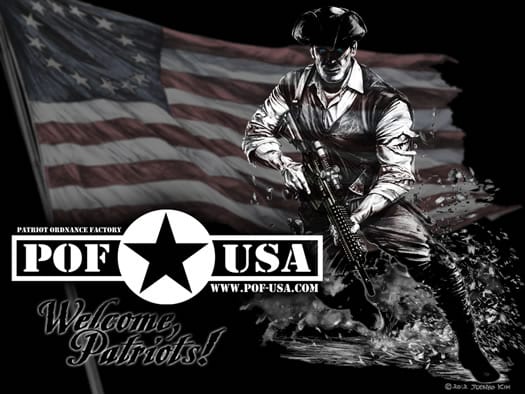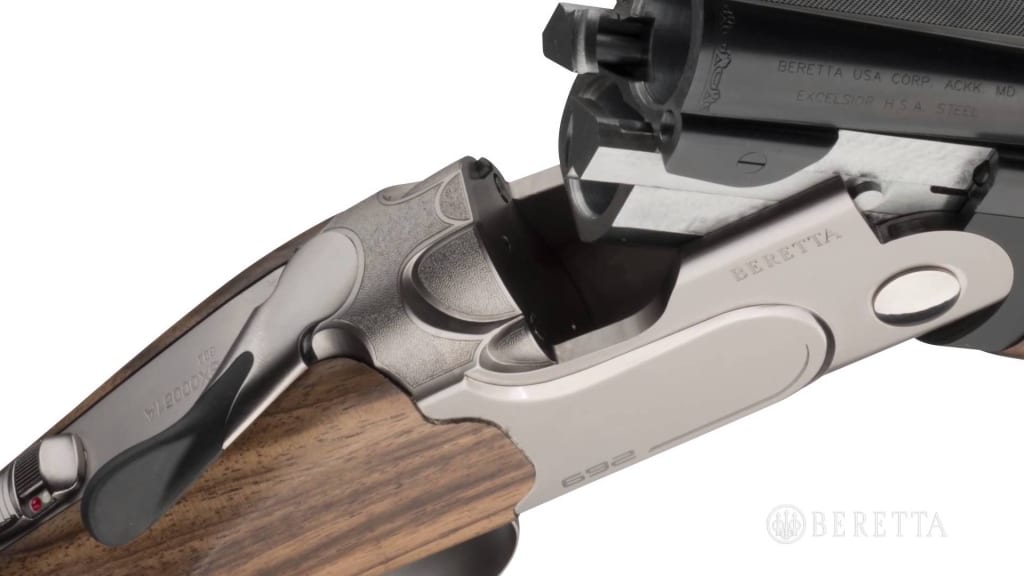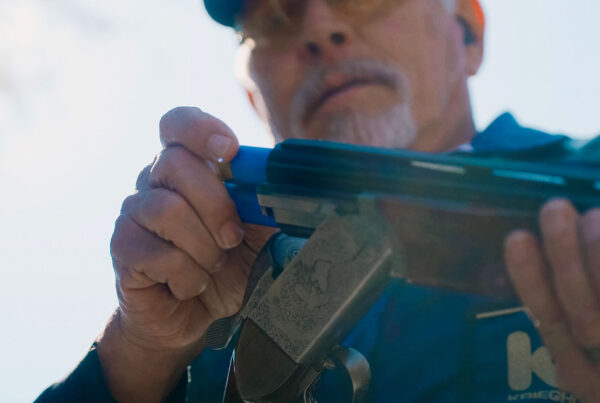
Most company’s in the hunting, outdoor and firearms industry today base brand value solely on sales volume, and sometimes even Facebook likes.
According to a recent survey of over 400 (non-industry) marketers, 80% of them believed building brand awareness is “extremely” or “very” important, 76% admitted that they don’t know what percentage of their target market is aware of their brand. And nearly 70% said they weren’t sure how to measure brand awareness. (Source: Survey Monkey).
I believe these numbers are even higher in our industry, because most brands still solely focus marketing spend on traditional methods like print, tradeshow and TV to boost sales that are hard to track and prove ROI.
In the past, figuring out brand value and brand equity, for the most part, were left to the academics and statisticians to figure out. Even today, there are still varying opinions from the experts about how to measure brand value and equity with not a lot of consensus or standardization to the process.
However, with the rise of email and web-based survey tools—hunting, outdoor and firearm companies that have invested in web-based ways to collect customer data, can now evaluate and understand their brand’s value without spending a fortune on complex traditional research. No longer are focus groups, mail-in reply cards, rebates, unsolicited emails and statisticians necessary.
The goal of brand development and branding (two separate disciplines) is to create awareness and preference of your products over your competitors.
“Preference cannot happen unless you know how your customers think and feel about your brand.”
If you’re interested in understanding how you can maximize your brand for increased sales, gain market share or increase customer satisfaction, there are four aspects you need to take into account to figure out your brand’s value to understand how it impacts your bottom line.
To begin, you want to start with non-customers and customers alike. By utilizing a web-based survey system and tapping into your customer database—you can incentivize your customers to take the survey or utilize a non-customer sample to acquire the data you need.
According to the BrandAsset Valuator model, your company’s brand health and future can be determined by collecting consumer insights in these four key areas:
1. Differentiation
How well does your brand stand out from your competition? You can measure this by asking questions about how often your customers come across your brand, if they recognize it and if it stands out from your competition.
Takeaway: When your brand is different, people are curious and want to know why.
Industry Example: By being bold and utilizing a strong visual with a unique brand position and product features, people will naturally be curious about your brand and will want to know more about it. One brand that comes to mind is Patriot Ordnance Factory. POF-USA was the first company to take the gas piston AR to market and has been leading the way with their revolutionary platform innovations ever since. I like their approach to using 18th Century subject matter, and how they intertwine Revolutionary War concepts with present day 2nd amendment rights.
2. Relevance
This area examines aspects of price, convenience, and if the products you produce are of use. You can determine this aspect by asking questions of the likelihood of them to purchase your product or whether they purchased it in the past.
Takeaway: If your product is more relevant than it is different, your brand may no longer be interesting which means you are competing on price and convenience alone. This will help you determine how to change your messaging and perhaps direct product development.
Industry Example: Your hunting product may have extensive distributorship in Cabella’s, Bass Pro or Walmart and other large retailers with high sales volume, but that doesn’t always means you’re the strongest brand customers prefer. Perhaps you’re just the cheapest and most convenient. If you’re the only product on the shelf, that the customer needs, you still may lose out to a competitor with a stronger brand when and if they come along. Don’t settle for second best.
Marketing experts like David Ogilvy believe that there’s more to a company’s success — or failure — than pricing, convenience, or location. Success is defined by brand equity or overall brand power, which is your brand’s value as determined by consumers’ positive or negative attitudes about your brand. (Source: Survey Monkey)
3. Esteem
How well regarded is your brand? Does it hold a high level of superiority and respect in your customers mind? Would they drive across town to purchase it? Are you on top of their list to visit at the upcoming trade show? By being able to answer these questions—you’ll be able to uncover how well respected and needed your product(s) are. This perhaps is one of the most important aspects of brand assessment.
Takeaway: When customers hold your brand in high-esteem, they want to buy it to know why.
Industry Example: When Colorado passed a law that limits ammunition magazine capacity to 15-rounds, Magpul, moved their entire operation out of Colorado—along with $80 million dollars in revenue and 200 employees and some other 400 supply chain jobs (Source: Washington Times). I assume it was a rough time internally for Magpul. But the industry stood next to them and the situation generated a great amount of positive press and a great deal of respect with their customer base.

Photo: Magpul
4. Knowledge
How well do your customers know your brand? Have you told the story correctly that they can tell it back to you? What makes you different and why? Is it positive or negative?
Takeaway: When customers have a knowledge about your brand, especially if it pertains to negative perceptions, they may think they don’t need to learn anything more and will begin to look at your competitors.
Industry Example: Heritage brands tend to suffer most from the knowledge aspect. For generations, your family may have used products or shot the same brand of gun, but one ammo or magazine malfunction or negative customer service experience may cause them to reevaluate their options. Beretta is an ideal example of how a 500 year old company continues to reinvent itself to remain relevant and attract a new generation of customers and brand advocates.
In conclusion, gathering data for data’s sake without implementation is a fool’s errand. Make sure before conducting a survey that evaluates your brand—that it is connected with a clear initiative and goal you can use to spur growth, sales, attract talent, increase workforce efficiency, communications or direct product development.
Once you see how high or low the above 4 factors stack up, you can begin to determine your brand equity based on brand stature and brand strength. This will allow you and your team to create a strategy on how to maintain your brand’s position, or how to improve it.
When customers have a chance to choose between your product or your competitors, and they choose you, that’s good for business.







